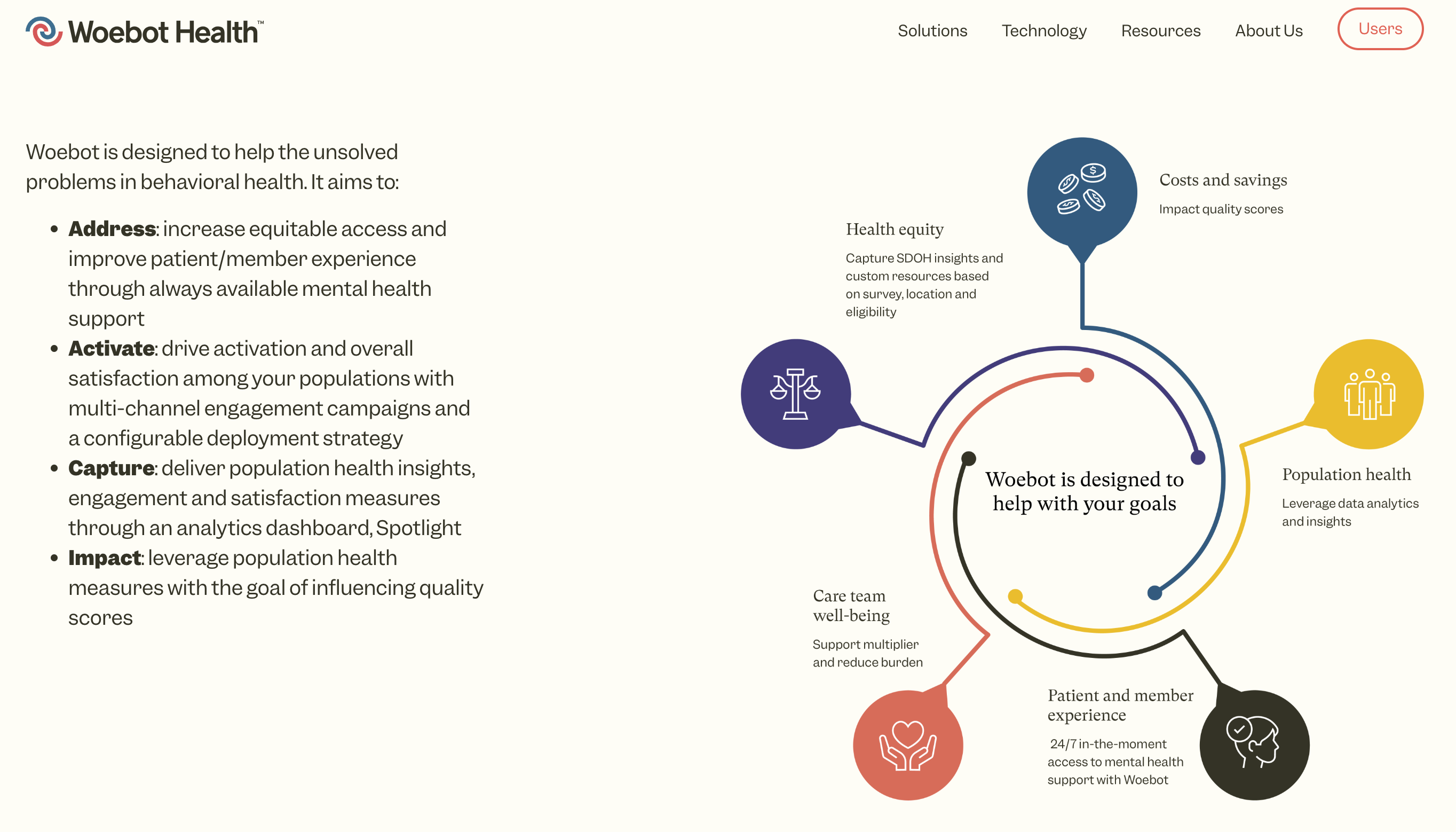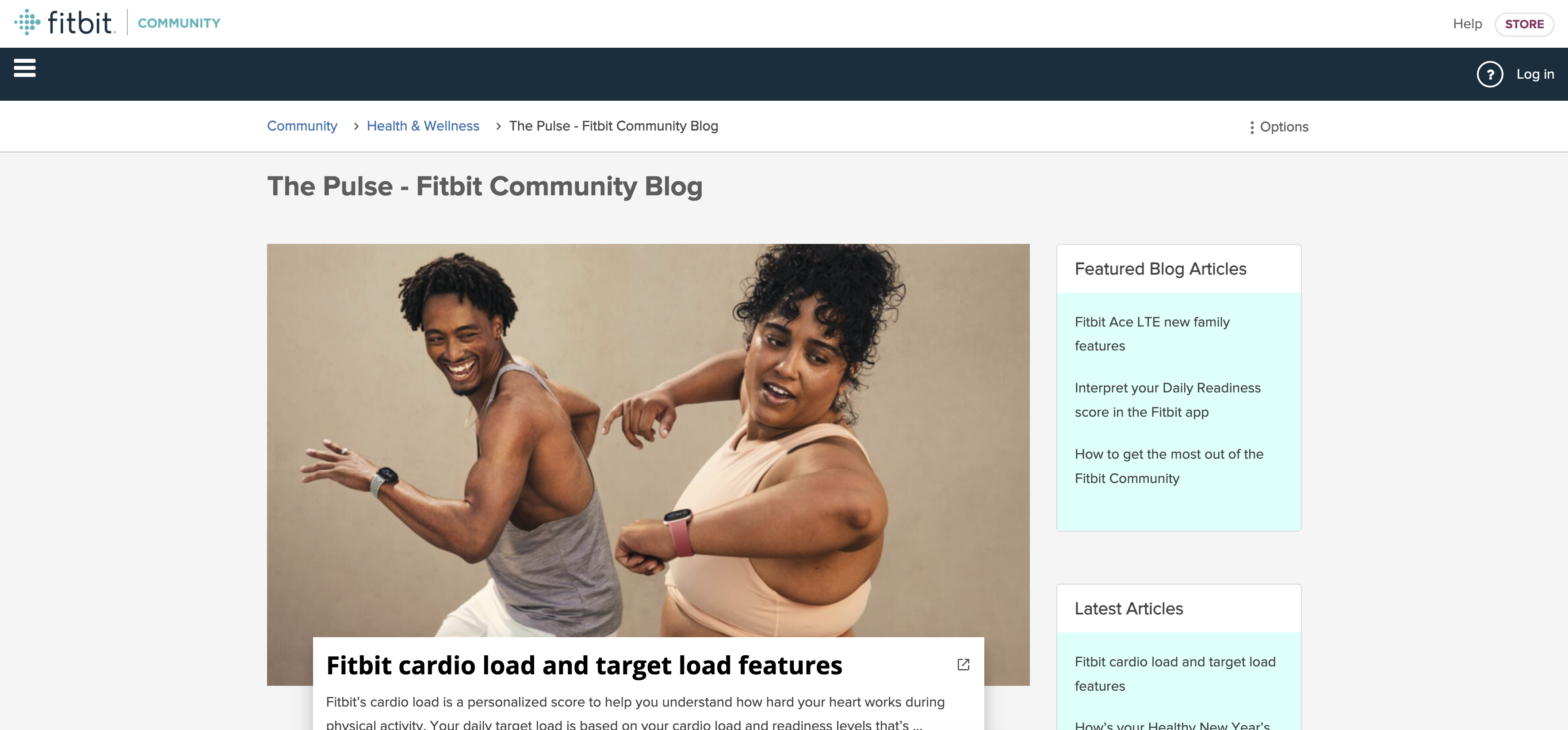In our increasingly digital world, where screens dominate daily life, prioritising digital well-being is more important than ever. As product designers we need to understand that this goes beyond creating functional and attractive products—it's about ensuring these products contribute positively to users' mental and physical health. By leveraging AI, we can take digital well-being to new heights, creating smarter, more intuitive solutions that promote healthier interactions with technology. Here’s some pointers on how we can integrate AI into product design to promote digital well-being:
Tackling Screen Overuse with AI-Driven Monitoring Tools
Managing screen time is a significant challenge, as the average person spends hours daily on their devices. AI can enhance existing monitoring tools by offering more personalised and proactive insights. For instance, AI algorithms can analyse user behaviour patterns and suggest optimal screen time limits tailored to individual needs. AI can also predict when users are likely to exceed healthy usage levels and offer timely prompts or interventions to encourage breaks, making screen time management more intuitive and effective.
Supporting Mental Health with AI-Powered Wellness Features
Mental health is deeply influenced by our interactions with technology. AI can play a pivotal role in supporting mental health through personalised wellness features. For example, AI-driven apps can monitor users' stress levels through voice analysis or interaction patterns and offer real-time suggestions for guided meditations, breathing exercises, or mental health check-ins. Apps like Woebot and Replika are already leveraging AI to provide personalised mental health support, making it easier for users to manage stress and anxiety directly from their devices.

Simplifying Interfaces with AI-Enhanced Usability
Overcomplicated interfaces can lead to cognitive overload, increasing user stress. AI can help simplify interfaces by learning from user interactions and adapting the design to each user's preferences.
AI-driven personalisation can hide unnecessary features, streamline navigation, and suggest the most relevant options, making the product easier to use and less stressful. This dynamic, user-centred approach ensures that the interface evolves with the user's needs, reducing cognitive load and enhancing overall user experience.
Encouraging Physical Activity with AI-Powered Prompts
Prolonged screen time can negatively impact physical health, contributing to issues like eye strain and sedentary behaviour. AI can enhance features that encourage physical activity by providing personalised, context-aware prompts.
AI can analyse a user's daily routine and suggest optimal times for breaks or physical activity, based on their unique patterns and preferences. AI-driven wearables like Fitbit already use machine learning to provide tailored activity recommendations, helping users stay active and healthy even in tech-heavy environments.

Promoting Positive Social Media Experiences with AI Moderation
Social media's impact on mental health is well-documented, often leading to anxiety and stress. AI can be leveraged to create healthier social media experiences by moderating content more effectively and promoting positive interactions.
AI algorithms can identify potentially harmful content or interactions and intervene before they escalate, creating a safer online environment. Additionally, AI can analyse user engagement to promote content that fosters well-being, helping users feel more in control and reducing the pressures associated with social media.
Why This Matters
As digital products become more integral to our daily lives, designing with users' well-being in mind is crucial. By integrating AI into product design, we can create smarter, more personalised solutions that not only meet users' needs but also significantly enhance their quality of life.




